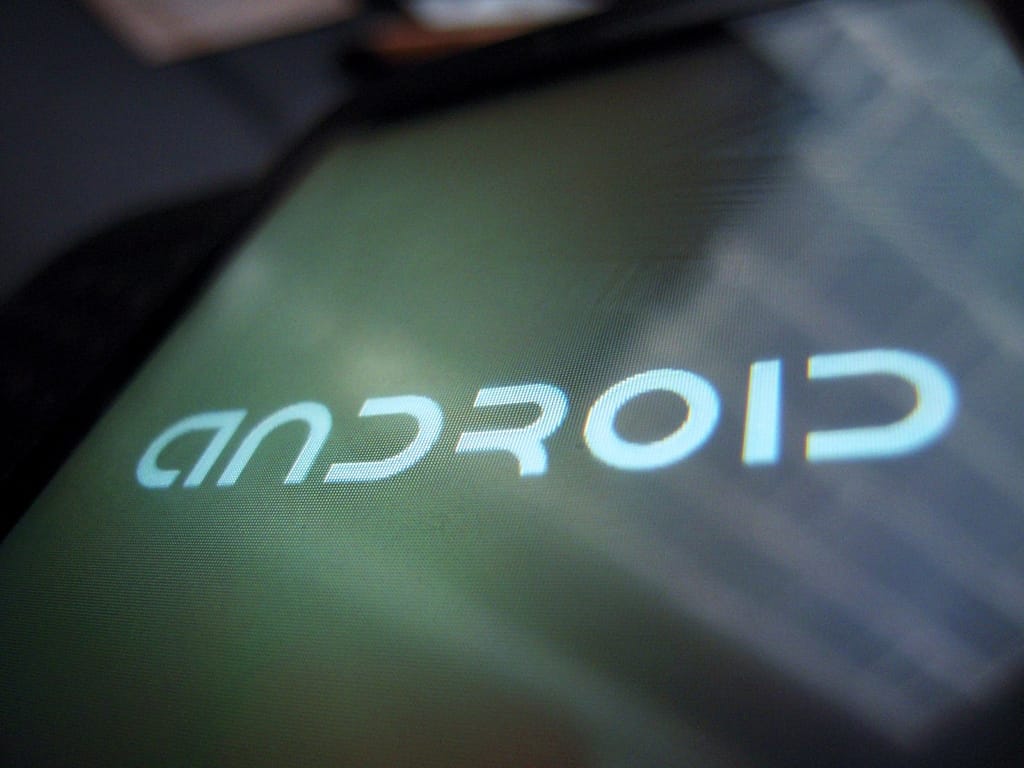Getting Started with Android Rooting

One of the greatest things about Android is that customizing and personalizing any phone is quite a simple task, at least for those who are willing to put in some time and effort. To get the most out of a phone, however, you may have considered going through with rooting.
If you have ever wondered what rooting is and what it can offer you, then you’ve come to the right place. In this article, we will take a brief look into all of those things. If you have any questions or comments, leave a message down below!
What is rooting anyway?
Since the purpose of this article is to keep things simple, we are not going to get into the very technical aspects of rooting. Instead, the only thing you should know about rooting is this:
Rooting is the act of granting yourself “super user” access to your phone, thus allowing you to change virtually everything on it.
Essentially, Android rooting gives you absolute control over your phone. From there, the possibilities are pretty much endless.
Why would you ever want to root?
Aside from the apps that you find in the official Play Store, there are countless other apps and applets that can fundamentally change the way your Android phone works and looks. For instance, you may wish to install a different font, or change the entire notifications area to something else, or completely remove stock apps that you never use anyway.
In addition to that, rooting will allow you to change the very software that runs the phone. As you probably already know, companies like Samsung and Xiaomi install custom versions of Android on their phones (TouchWiz and MIUI, respectively).
With rooting, you will be able to install custom firmware, either from those big companies or others created by independent developers. There are huge Android communities such as XDA where people share their custom firmware as well as their apps.
That kind of firmware is often referred to as custom ROMs. One of the most famous examples is CyanogenMod, which has now been discontinued while its successor, LineageOS, lives on.
What this also means is that owners of older phones which are not supported by their manufacturers anymore can gain access to the latest Android updates and software. Some users even opt to install updates as they come instead of waiting for their manufacturers to release those updates in their region, a process which can take considerable time and is one of the most criticized aspects of Android.
How would you go about rooting?
Unfortunately, there is no single way to root that works in all Android devices. Each phone requires a slightly different approach and different software. Some manufacturers make it incredibly easy for their phones to be rooted while others put a lot of obstacles on the way.
In the vast majority of the cases, you will need to unlock the phone’s bootloader. a low-level piece of software that is essentially a security checkpoint that instructs Android on how to boot up.
Afterwards, you will need to download some software, connect your phone to your computer, and complete the rooting process from there.
The best thing to do is to search for specific instructions on your phone in Google. There is an incredibly good chance that a rooting guide will already exist on XDA or a similar website and the comments sections should provide you with all the answers you are looking for.
Once you are rooted, nothing obvious will change. Your phone will work in almost the same way, though some apps will no longer work. Banking apps, for example, will not run on a rooted device.
The root will simply allow you to access all those customization options that we mentioned before. It is the first step of quite a long process, particularly for inexperienced users. However, things will get considerably easier after the first time.
Conclusion
Rooting is definitely not for everyone. It might afford you with the luxury of customizing your phone in its entirety, but rooting a phone and installing custom firmware can be a very intimidating process that also limits you in other areas.
If all you want is a secure and stable device, you will be just fine with the latest stock Android and you will be able to continue using banking apps and Android Pay.
With that said, rooting can also be a wonderful experience. Installing different ROMs and testing out the depths of Android can be illuminating. While it will certainly require a lot of time and effort for first-time users, it can also be very rewarding.



